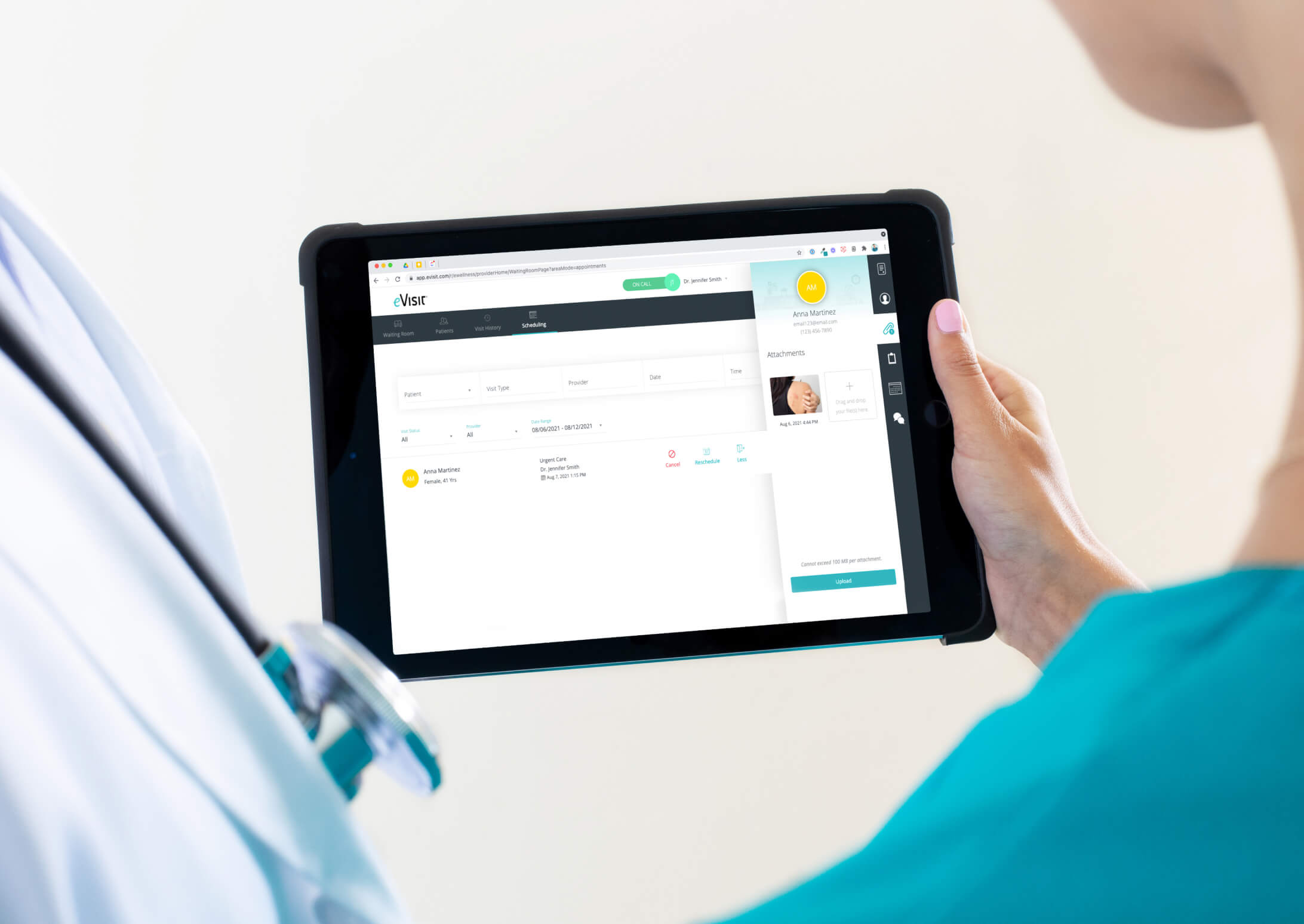Future of Telecommunications in Healthcare
In the simplest terms, telehealth is medical services provided without the physical presence of a doctor. Telehealth is also known as telemedicine, which has numerous legal definitions. In some states in the US, the legal term for telehealth communications is described as phone consultations. Other states describe it as consultations via the internet involving video technology.
Up to now, asynchronous telemedicine involved communication between the healthcare provider and patient. This can provide real problems when the healthcare provider and patient are located in different time zones. With asynchronous telemedicine, the healthcare provider and patient will provide data whenever they can using the existing communication channels such as text messaging. There was no need to coordinate across time zones or to network the computers. The only requirement was to provide each party with access to important information through available satellite channels. The doctor will access the data, make a correct diagnosis and prescribe a specific treatment method. One of the major advantages of telemedicine is that it can be used in rural communities where there is a shortage of doctors. The patient will get the much-required expertise without the expense of difficult transportation arrangements.
There are debates whether telehealth creates a personalized or a depersonalized experience for the patient. Some people treat telemedicine as just a technological extender to existing medicine. Whether you like telehealth or not, it is here to stay, and it will become more widespread with the advancement in technology.
Legal Problems And Obstacles in Healthcare Telecommunications
Licensure is the major legal obstacle to the practice of telehealth. Physicians are usually licensed by states. Generally, a practitioner’s practice is governed by the laws in both the physician’s as well as the patient’s states, which are termed as “home” and “remote” state respectively. For example, if a Californian doctor wants to provide advice to a patient in New York, the physician should be licensed in both California as well as New York. If not, New York may find the Californian practitioner guilty of practicing in New York without a license. Some states have tried to solve this issue by creating a limited telemedicine license where out-of-state physicians can apply, but this solution is not available in all states yet.
Some states allow the out-of-state doctor to consult with an in-state doctor regarding a shared patient. But this is not to say that an out-of-state doctor can provide medical services remotely to the in-state patient. Some states have reciprocity for healthcare providers such as nurses, but not for doctors.
The lack of national physician licensing channels put the physician in a potential legal peril when they care for out-of-state patients. This is quite difficult for doctors who wish to offer a specialty service to their patients.
Telemedicine companies have tried to tackle the issue of licensing restrictions by creating a network of doctors across states. This way when a patient calls the 800 number, he or she will be routed to a doctor licensed in their state. Another strategy is to limit the prescriptive authority of doctors in the network to issuing prescriptions. Because of the federal and state laws in restricting prescribing drugs over the internet, telemedicine companies try to limit their prescription practices.
Another legal strategy is in attempting to style the telehealth service as one that doesn’t provide clinical services, but as one that offers education on various healthcare options. This is implemented in order to limit the actual medical diagnosis and treatment. The telemedicine companies aim to provide guidance to assist the patient to decide which course of action to take. This has proven to be quite a successful approach in order to popularize the concept of telemedicine across the country. All these efforts are done to provide a broad space for telemedicine in the healthcare market, but these methods have not been widely tested within a court of law.
Other Legal Issues Related to Telecommunications in Healthcare
Regulating the standard of care is another important legal issue. California adopts a policy where the standard of care in telehealth should be the same as treating a patient in person. In other words, patients seen via the internet cannot be treated differently or less diligently than if a patient is seen in person. The idea behind all this is to ensure that the doctor doesn’t waive their professional care just because the patient isn’t present in person.
There are many HIPAA issues also in existence at the moment. The HIPAA (Health Insurance Portability and Accountability) act states that telemedicine services may involve the exchange of protected health information (PHI) over the internet. In order to satisfy HIPAA concerns, healthcare providers and telemedicine companies should adhere to relevant portions of the HIPAA Privacy Rule and the Security Rule. They should avoid unauthorized disclosures or uses of PHI at all means.
Lastly, informed consent should also be satisfied. State law specifies that providers must offer patients specialized and informed consent with regards to the potential risks, limitations and benefits of the process. Failure to do this can result in malpractice, liability and professional discipline.
Where medicine is concerned, the future is always now. but when it comes to telemedicine, the future even looks brighter than the present. This is why there are so many companies getting into the practice of telemedicine. It is becoming quite popular in the U.S. as well as the other affluent countries. Technology will definitely take the profession to even greater heights in the near future. We all look forward to that day.



